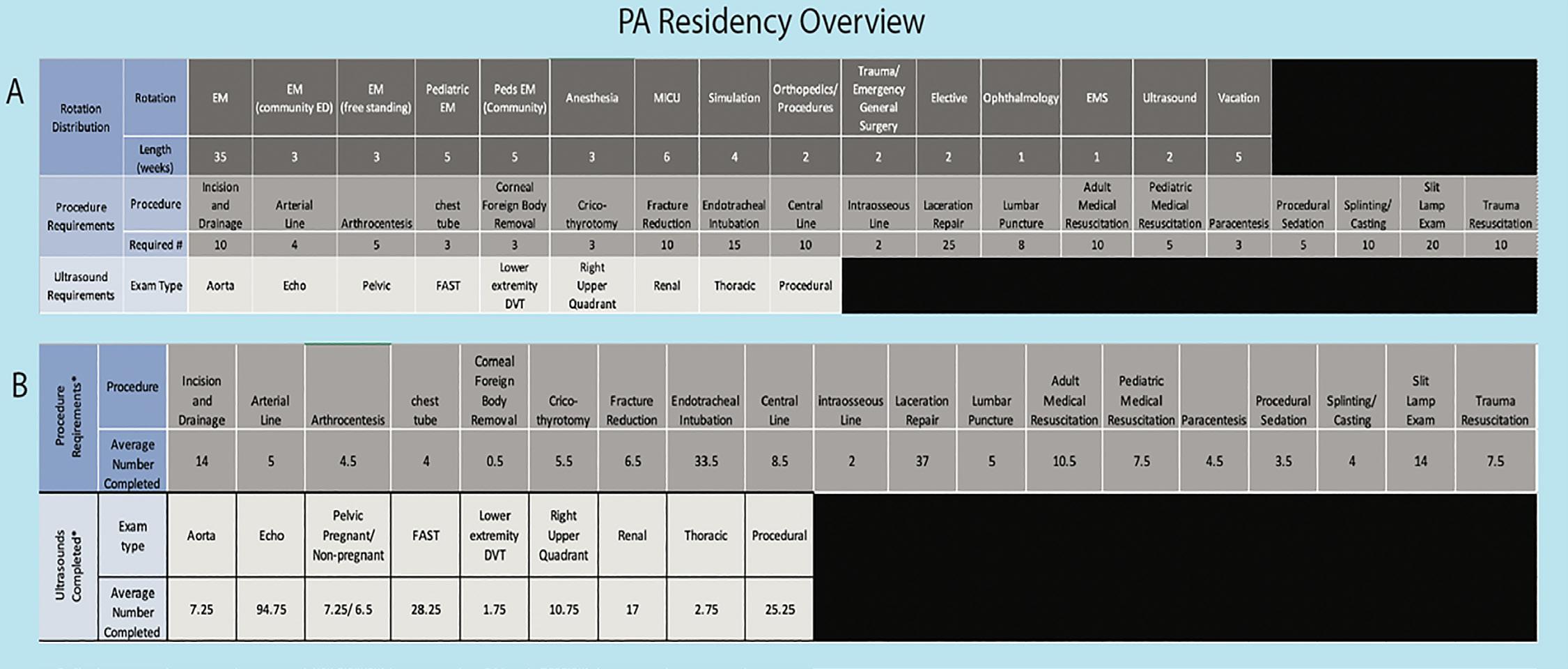Longitudinal Research Curriculum for Pediatric EM
Taneja et al. The group conducted a search for disseminated/ published research curricula and reviewed the ABP’s four core-knowledge content areas. Building upon those four areas, we structured six key topic areas to follow a longitudinal semester-type format over the three years of fellowship: Ethics in Research; Principles of Epidemiology
and Clinical Research Design; Principles of Biostatistics in Research; Statistical Testing; Measurement of Association and Effect; and Cost Benefit, Cost Effectiveness, and Outcomes. We then developed learning objectives within each of the topic areas (Table 1). To provide content for each of those objectives, we performed a search of formal
Table 1. Pediatric emergency medicine research curriculum learning objectives and milestones by postgraduate year. Semester
Learning objectives
Semester 1 July - Dec PGY 4
Understand the principles of ethical conduct of human subjects research Acquire a familiarity with univariate statistical testing techniques
Semester 2 Jan - June PGY 4
Understand the importance of study design and pros and cons to different types of study designs
Semester 3 July - Dec PGY 5
Learn to formulate a proper hypothesis Understand and recognize different types of common data distributions
Semester 4 Jan - June PGY 5
Milestones for scholarly project Institutional IRB training
1. Professionalism and misconduct in research 2. Principles of research with human subjects 3. Principles of consent and assent 4. Diagnostic tests 5. Including “gold standard” in testing, sensitivity, specificity
Identify mentor / topic / hypothesis
Principles of Epidemiology and Clinical Research Design
IRB approval for project
1.Assessment of study design, performance and analysis (internal validity) 2. Assessment of generalizability (external validity) 3.Bias and confounding 4. Causation a. Understand the difference between association and causation 5. Incidence and prevalence a. Distinguish disease incidence from disease prevalence
Introduction to manuscript written and approved by mentors and research rotation director
Principles of Use of Biostatistics in Research
Data abstraction completed
1. Types of variables 2. Distribution of data 3. Hypothesis testing Statistical Tests
Data analysis completed
Apply knowledge learned to date to interpretation of results for scholarly research project
Semester 5 July - Dec PGY 6
Learning content Ethics in research
Submission of abstract to national conference Measurement of Association and Effect
Understand the rationale for and be able to interpret results of advanced statistical tests including multivariate tests
Semester 6
1. Relative risk, risk ratio, odds ratio 2. Regression analysis
Initial draft of entire scholarly manuscript due to research rotation director
Cost Benefit, Cost Effectiveness, and Outcomes
Submission of scholarly manuscript for publication in a peer-reviewed journal
Jan- June PGY6
Become familiar with the vocabulary and variables used for economic evaluation of health services and outcomes PGY, postgraduate year; IRB, institutional review board.
Volume 23, no. 1: January 2022
27
Western Journal of Emergency Medicine













